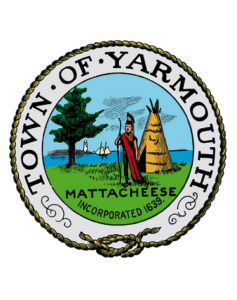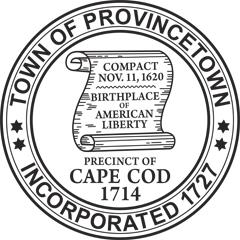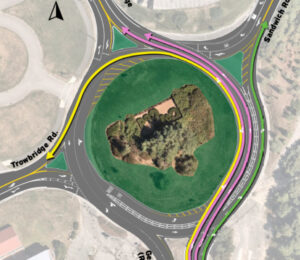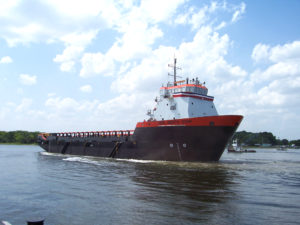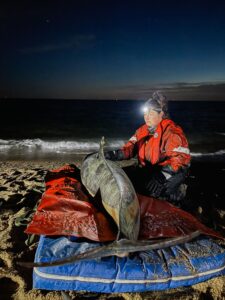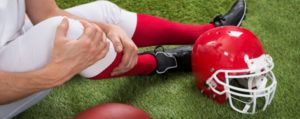 HYANNIS – Recovering from a tear in your anterior cruciate ligament (ACL) can be a long and arduous process, but with the right help from doctors and therapists, amateur athletes and other active people can get back on their feet just as successfully as professional athletes like Tom Brady and Julian Edelman.
HYANNIS – Recovering from a tear in your anterior cruciate ligament (ACL) can be a long and arduous process, but with the right help from doctors and therapists, amateur athletes and other active people can get back on their feet just as successfully as professional athletes like Tom Brady and Julian Edelman.
Perhaps you are a high school basketball or soccer player who pivoted too quickly on your knee and heard that telltale pop, or you didn’t see the curb and stepped down a bit further than you expected to. However you ruptured this important and hard-working ligament, there is plenty of help for you, as long as you’re willing to work hard and follow directions.
With many options for rehabilitation, the first step is to decide if reconstructive surgery is the best direction, according to Stephanie Gradone, physical therapist at Cape Cod Healthcare’s rehabilitation center in Orleans.
“Many factors play a role in the decision to have surgery,” she said. “The stability of the knee without intervention is a key factor.”
Pre-injury muscle strength, especially in the hips and glutes, helps prevent the injured knee from “giving way” on a regular basis, which in turn makes the invasiveness and increased recovery time of surgery less necessary, Gradone said.
Age and activity level of the patient is another factor, she said. Older patients who may not be as active are often advised to stick to non-surgical solutions, and young patients are discouraged from surgery until their bones have stopped growing and growth plates have fused.
“Research has not found that a delay in surgery in youth increases the risk of complications if surgery is performed at a later time,” she said.
More Decisions
Of course, surgeons will also use MRI imaging and screenings to gauge strength and stability which helps inform the decision as to what to do.
“Our job [as medical professionals] is to give patients information to help them make an informed decision. Ultimately the decision is up to the patient,” Gradone said.
Going ahead with surgery brings more decisions, most importantly how to go about repairing or replacing the damage ligament. According to Gradone, surgeons have two main options for replacement: an allograft, which uses material harvested from cadavers to replace the damaged ligament, or an autograft, which uses material from the patient’s own body, taking tissue from the Achilles tendon or the hamstring, but most often from the patellar tendon in the knee.
Post-surgical recovery can be long and painful, but here is where patience and determination pay off. Patients typically have to wear a brace and use crutches for at least a few weeks after surgery, all while they work with therapists like Gradone on such things as gait retraining, maintenance of muscle strength, and improving the knee joint’s range of motion. Patients are encouraged to use the injured leg to prevent muscle atrophy and loss of gait memory, but only as far as pain will allow, Gradone said. This first phase of rehabilitation is also when pain and swelling are at their worst, and these factors can slow or even sidetrack a patient’s recovery, she added.
Once the pain and swelling subside, a post-op patient’s rehabilitation looks a lot like that of a patient who chose to forego surgery. Gait training continues, along with range of motion and strength exercises. Patients can begin moderate work on a stationary bike, and strength training becomes more important. These exercises include low- or no-weight squats or lunges, and are called closed chain because they keep the injured leg planted on the ground and therefore activate most or all of the muscles in the leg to avoid a cumulative loss of strength resulting from a lack of activity.
Within about eight weeks, therapy intensifies by adding balance drills that include single-leg closed chain exercises, and most protocols allow for patients to begin running on flat, level ground by about four months post-surgery. Strength and agility are further improved through plyometric training, and most amateur athletes can expect to return to their sports within six to eight months from surgery. Of course, the therapist and surgeon must clear a patient before this can happen.
Follow Orders
This sounds like a simple linear journey from injury to health, but Gradone cautions patients against the assumption that all will proceed smoothly.
“Challenges arise when things don’t go how you expected them to, especially post-op,” she said, citing pain and swelling as two things that can slow recovery. A patient’s attitude can also be a challenge for a physical therapist.
“People are unpredictable and sometimes non-compliant or over-enthusiastic with their exercises, and working with that to make the individual successful is a challenge,” she said.
Gradone cautions patients to follow doctors’ and therapists’ directives closely and not to lose interest in their recovery or, conversely, rush things and risk re-injuring the knee.
These challenges are part of why Gradone chose to pursue a career in physical therapy. A competitive swimmer in high school, she herself had therapy for a painful shoulder to strengthen it and improve her performance as an athlete.
“I enjoy being around people, especially working with athletes of all ages,” she said.
This does not mean she focuses exclusively on competitors.
“For me, the rewards are helping someone get back to what they enjoy, whether that is bowling and fishing or doing triathlons and marathons.”






